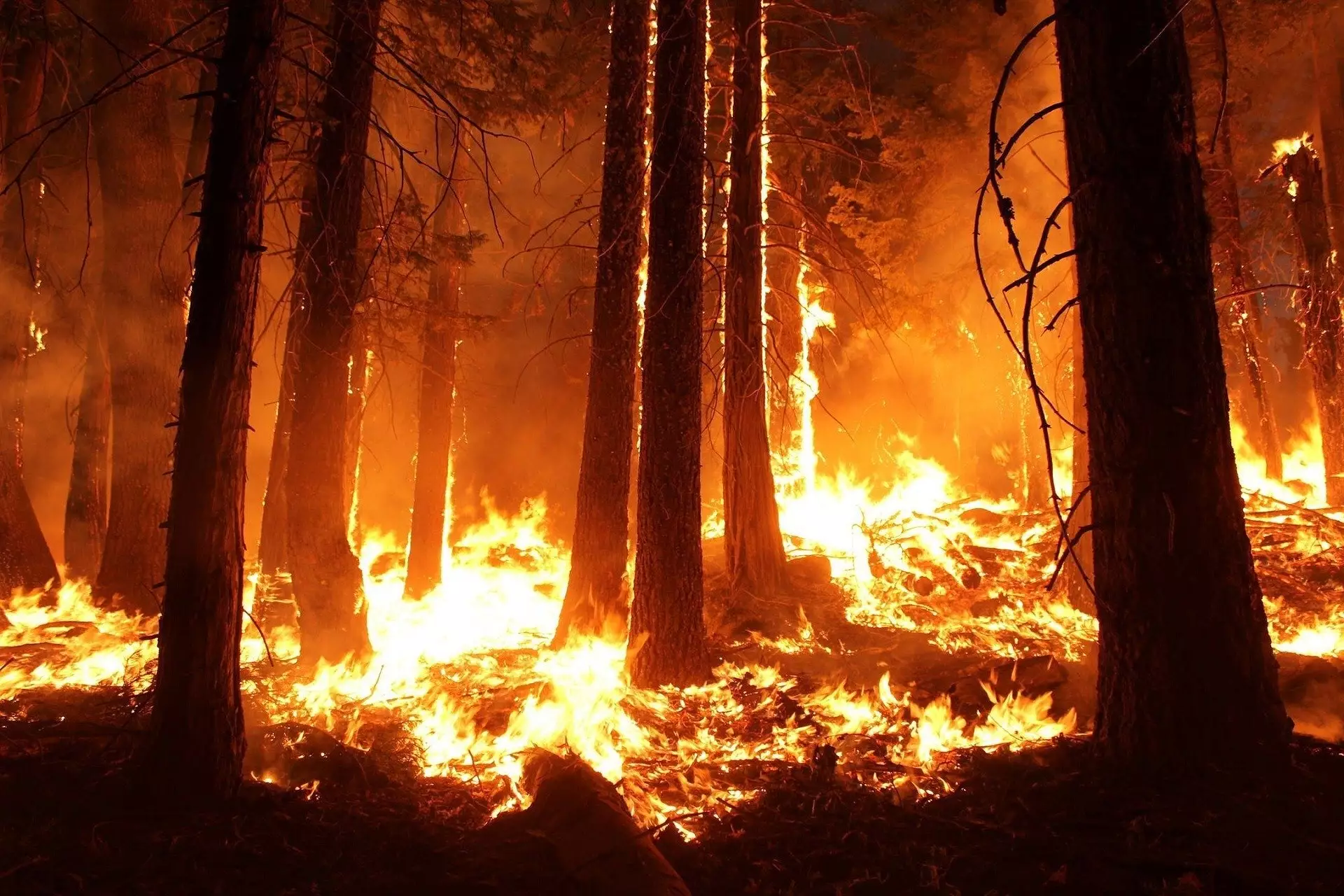Recent studies have underscored a significant link between increasing forest fire frequency and land surface warming. A pivotal analysis of satellite data spanning over a decade has provided new insights into how these two phenomena are interconnected. The implications of these findings extend beyond the immediate effects of wildfires, highlighting a complex interaction that may shape both climate patterns and fire dynamics in the future.
Escalating Fires and Their Consequences
Over the past few decades, the prevalence and intensity of forest fires have surged alarmingly. Particularly in regions such as the western United States and eastern Spain, incidents of wildfires have escalated dramatically, often doubling or even tripling in scale. Such larger fires are devastating, leading to significant vegetation loss and raising questions about the subsequent impact on the local climate. While the immediate destruction of forests is apparent, the longer-term effects of this land exposure on climate are an area that has historically received limited attention.
The research conducted by Chao Yue and colleagues, which analyzed wildfire occurrences between 2003 and 2016 in temperate and boreal forests, provides critical insights into these dynamics. Their study reveals that wildfires not only result in immediate ecological harm but also contribute to a warming effect on the land surface in the year following the fire. Their mathematical modeling indicates that when wildfires are larger, the resultant warming is significantly exacerbated in regions like North America and northern Asia.
The analysis showed that, one year post-fire, two key factors contribute to increased land surface temperatures: a notable decrease in evapotranspiration and a rise in surface reflectivity. These changes mean that, after a wildfire, the affected land releases less moisture into the atmosphere and absorbs more solar energy than it would have in previous years, thus further intensifying warming.
Interestingly, the study found that certain areas, such as western and central Siberia and eastern Europe, did not exhibit this amplified warming effect. These regions, characterized by mixed or predominantly deciduous forests, may possess inherent characteristics that buffer against the impacts of fire. The predominance of broadleaf trees plays a crucial role in moderating the vulnerability of these forests to fire damage and subsequent warming.
The authors of the study propose that enhancing the presence of broadleaf trees in forest ecosystems could serve as a potential strategy for mitigating post-fire surface warming. This shift could help forested regions better withstand the dual threats of climate change and wildfire intensity. However, the call for further research is clear; understanding how broadleaf trees contribute to regulating surface temperatures in post-fire scenarios remains an essential area for exploration.
As the frequency and severity of forest fires continue to escalate, it is crucial to grasp not just their immediate environmental impacts but also their intricate relationships with climate dynamics. This evolving understanding will be vital in formulating effective strategies that can safeguard our forests and, by extension, our planet’s climate.


Leave a Reply